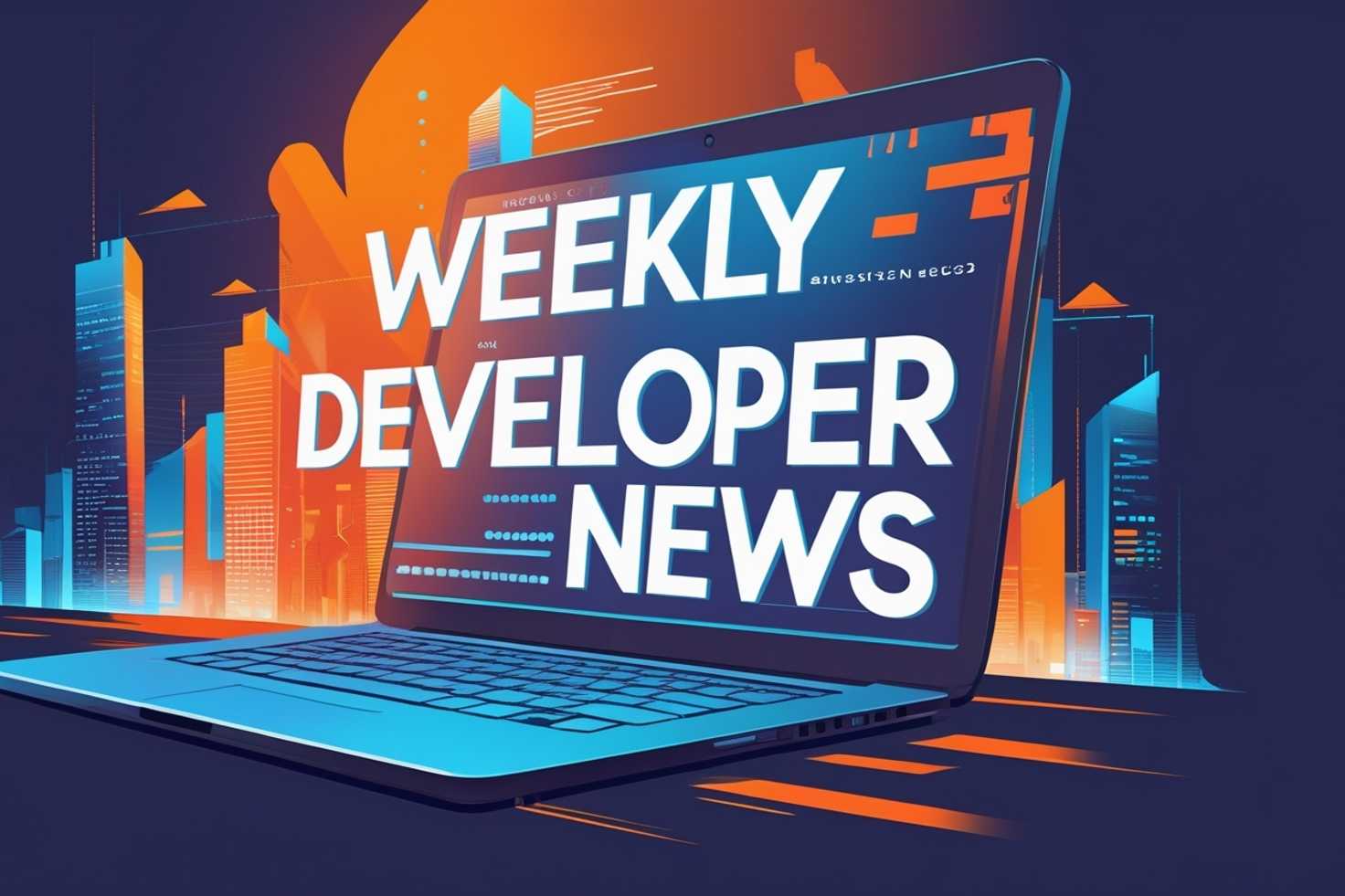
February 16, 2025
Generative AI is redefining digital creativity, enabling machines to generate human-like text, realistic images, complex music compositions and even functional code. These models – driven by deep learning and neural networks – are revolutionizing industries by automating processes, enhancing creativity and solving complex problems that were once beyond computational reach.
For developers and tech creators, understanding generative AI’s core mechanics and real-world applications is key to leveraging its full potential.
The Technology Behind Generative AI
At its core, generative AI involves machine learning models trained to produce new content based on patterns learned from vast datasets. Unlike traditional AI – which classifies or predicts based on given inputs – generative models create novel outputs that mimic human creativity. These models rely on sophisticated neural network architectures, each designed for specific applications. Key generative AI architectures include:
- Variational Autoencoders (VAEs): These models encode input data into a compressed form and reconstruct it with variations, making them useful for generating realistic images, speech and text.
- Generative Adversarial Networks (GANs): GANs consist of two competing networks – a generator that creates data and a discriminator that evaluates its authenticity. This adversarial process results in highly realistic synthetic images, videos and audio.
- Transformer Models: Advanced architectures like GPT (Generative Pre-trained Transformer) and BERT use attention mechanisms to process vast amounts of text, enabling human-like conversational AI and automated content generation.
These advancements have fueled the development of state-of-the-art tools now embedded across multiple industries, providing new avenues for automation and innovation.
Expanding Applications of Generative AI
The impact of generative AI spans across various fields, from creative industries to healthcare and beyond. Here’s a closer look at how these models are shaping different domains.
- Content Generation & Natural Language Processing
Generative AI has significantly improved natural language processing (NLP), enabling AI to generate human-like text for various applications. Tools like ChatGPT, Jasper and Copy.ai assist in drafting blog posts, creating marketing copy and generating automated customer support responses.
For developers, AI-driven platforms like GitHub Copilot – which is powered by OpenAI’s Codex – suggest code snippets, debug scripts and optimize workflows, reducing the manual effort required in software development. Those looking to deepen their expertise in AI-driven software solutions can benefit from machine learning training courses that provide hands-on experience in deploying AI-powered automation across sectors.
- Image and Video Synthesis
AI-generated visuals have transformed graphic design, advertising and digital art. Tools like DALL·E, MidJourney and Stable Diffusion allow users to create high-quality images from text descriptions, drastically reducing production costs and manual design time.
In the film and media industry, deepfake technology is being used for special effects, AI-assisted voice cloning and even restoring historical footage. These capabilities streamline content production, though ethical concerns about misinformation and digital manipulation remain a challenge.
- Music and Audio Generation
Generative AI extends into the music industry by composing original soundtracks and producing synthetic voiceovers. Platforms such as OpenAI’s Jukebox and AIVA create melodies across multiple genres, assisting musicians and content creators in generating royalty-free background music.
Meanwhile, AI-driven text-to-speech systems – such as Google’s WaveNet and ElevenLabs – can produce highly realistic voiceovers, helping to improve accessibility in audiobooks, gaming and customer service.
- Software Development & AI-Powered Automation
Generative AI is revolutionizing software engineering by automating routine coding tasks and debugging. AI-powered tools can generate boilerplate code, offer predictive coding assistance and even automate entire development pipelines.
For DevOps teams, AI enhances workflow automation, reducing downtime and optimizing deployment processes. As software development becomes increasingly AI-assisted, mastering AI integration through practical training is essential for staying ahead in the field.
- Healthcare & Drug Discovery
In medicine, generative AI plays a critical role in drug discovery, assisting researchers in predicting molecular structures and generating new chemical compounds. Tools like DeepMind’s AlphaFold have revolutionized protein structure prediction, accelerating the development of treatments for diseases.
AI-driven medical imaging is also being used to enhance diagnostics by generating synthetic data for training models while protecting patient privacy. These applications hold promise for improving healthcare accessibility and efficiency.
- Gaming & Virtual Reality
The gaming industry is benefiting as well through AI-generated environments, characters and storylines, which are used to create more immersive experiences. Procedural content generation allows developers to craft expansive game worlds with minimal manual effort.
Generative AI also enhances NPC (non-playable character) interactions, making in-game dialogues more adaptive and engaging for players.
- Personalized User Experiences & AI-Driven Recommendations
In e-commerce, streaming platforms and digital marketing generative AI is being used to enhance recommendation systems. By analyzing user behavior, AI-driven recommendation engines tailor product suggestions, music playlists and video recommendations to individual preferences.
AI-powered chatbots further improve customer service by generating dynamic responses, handling inquiries and offering personalized assistance in real-time.
Challenges & Ethical Considerations in Generative AI
Despite its transformative potential, generative AI presents ethical challenges that must be addressed:
- Bias and Misinformation: AI models can inherit biases from training data, leading to inaccurate or prejudiced outputs.
- Intellectual Property & Copyright Issues: AI-generated content raises legal questions about authorship and ownership.
- Deepfake & Manipulation Concerns: The ability to generate highly realistic fake media poses risks to trust and credibility.
- Computational Cost & Accessibility: Training large-scale AI models requires significant computational power, limiting access for smaller developers and organizations.
The Future of Generative AI: Innovations on the Horizon
The evolution of generative AI is moving toward improved efficiency, better interpretability and broader real-world applications. Here are key trends shaping the future:
- Explainable AI (XAI): Making AI models more interpretable is expected to enhance transparency and trust.
- Efficiency Improvements: Reducing computational requirements can make AI more accessible to smaller companies and individual developers.
- Integration with Augmented Reality (AR) and Virtual Reality (VR): AI-generated content could enhance AR and VR experiences, creating more immersive digital environments.
- Advancements in Human-AI Collaboration: AI will increasingly act as a creative partner rather than just an automation tool, helping professionals across industries generate ideas and streamline workflows.
As generative AI continues to evolve, its ability to transform industries and redefine creative workflows will only grow, making it an essential tool for the future of digital innovation. For developers and tech creators looking to stay ahead, now is the time to explore its potential and integrate these advancements into your day-to-day operations.
AUTHOR BIO: Anne Fernandez is Instructor Manager for Web Age Solutions Powered by Axcel Learning, an IT training company serving large-scale enterprise clients. She has over 10 years of experience in the industry and focuses on managing trainers, writing content and managing various marketing initiatives.
Recent Posts

August 27, 2025
How to Find the Right Learning Path When You’re Switching to a Tech Career
See post

August 22, 2025
Developer News This Week: AI Speed Trap, GitHub Copilot Agents, iOS 26 Beta Updates & More (Aug 22, 2025)
See post

August 08, 2025
Developer News This Week: GitHub GPT-5, VS Code 1.103 & Chrome 139 (Aug 8, 2025)
See post